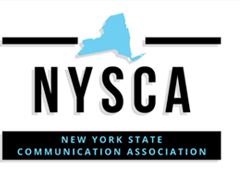Abstract
Modern zoological parks, as community enterprises housing exotic animals with hundreds, sometimes thousands of visitors every day, must prepare for the innate possibility of dangerous situations. When such controversy does arise, clashing viewpoints among media outlets, the zoo’s communications department, and the public’s mediated communication encourages examination with a theoretical eye. This paper utilizes the controversy of the Copenhagen Zoo’s public dissections to illustrate each of the parties’ influence on one another through Bitzer’s Rhetorical Situation. That analysis lays the groundwork justifying the public’s influence on the media’s agenda, also illustrated through the Cincinnati Zoo’s controversy regarding Harambe the gorilla. This reverse of the original notions of McCombs and Shaw’s Agenda-Setting Theory explains that as social media becomes more prevalent, media entities will continue to lose issue salience, ultimately resulting in the public agenda’s greater influence on media agenda.
Recommended Citation
Rink, April
(2021)
"Humans Gone Wild: Analysis of Zoo Controversy Regarding Online Communication and Public Agenda,"
Proceedings of the New York State Communication Association: Vol. 2017, Article 3.
Available at:
https://docs.rwu.edu/nyscaproceedings/vol2017/iss1/3

